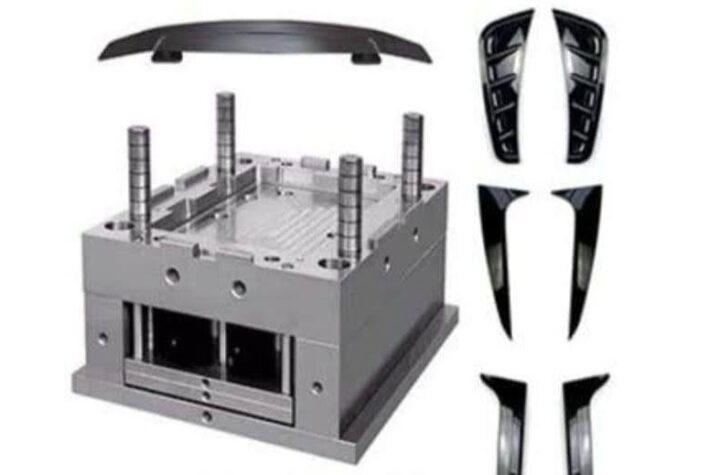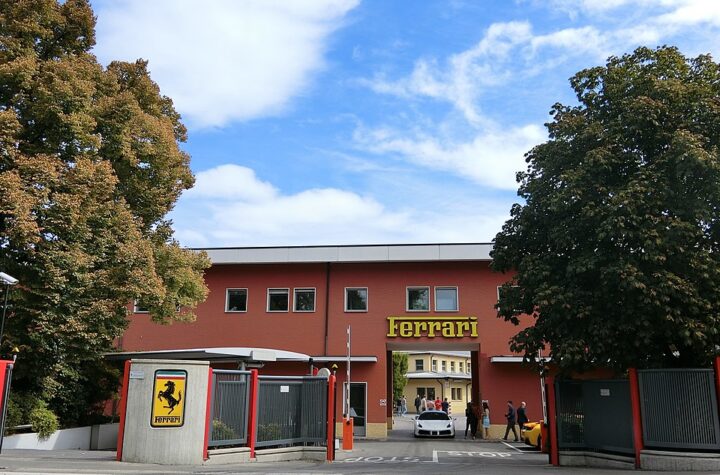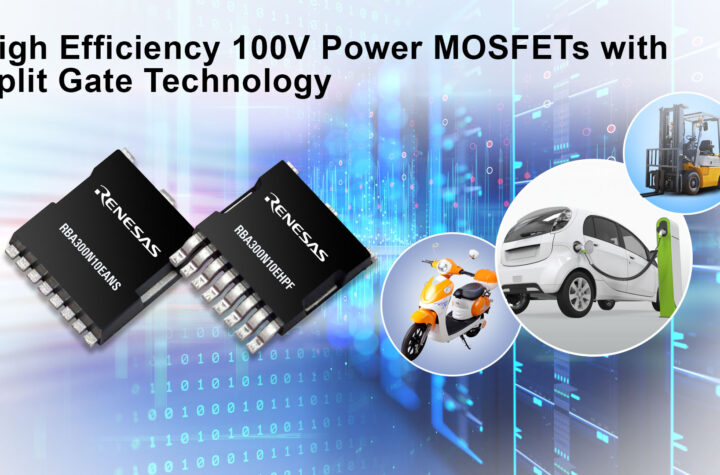
Demand is growing for Continuously Variable Transmissions (CVTs) for both vehicles designed for city traffic and those powered by batteries or a hybrid combination, according to Punch Powertrain.
A CVT is said to anticipate the driver’s needs (e.g. more or less power), and tailors its near-infinite ratios accordingly. By adapting the transmission ratio to the torque curve of the engine, the CVT thus delivers optimized engine performance and responsiveness.
Founded by DAF in 1972, the company is among the technology leaders with the launch of the legendary Variomatic, which is the forerunner to the current CVTs. The company has built on this expertise, focusing on the development of CVTs, hybrid powertrains and variators, as well as the flexible production of pulleys and hydraulic steering units.
The Punch Powertrain CVT is designed for front-wheel drive vehicles with transverse engines. It is claimed to set new standards in comfort and driving dynamics through the mid-range torque band in particular. The company has also developed a hybrid powertrain based on the VT2 for B and C segment passenger cars. It has a 30kW integrated electric motor, a 3kWh lithium iron phosphate battery pack, coupled with a 1.5 liter, four-cylinder gasoline engine (77kW – 144Nm). It is plug-in ready, and offers a 25% cent fuel efficiency gain. The company says that performance is equal to a 2.8 liter gasoline engine.
The VT2 has an external ratio and clutch control, while an optional oil pump for full and plug-in hybrids further optimizes the efficiency of the CVT and enables the car to drive purely on electricity for more than 10 miles.
Automotive Industries (AI) asked Cor van Otterloo, CEO of Punch Powertrain, what the market potential is for CVTs.
Van Otterloo: Our target market is A, B and C-segment vehicles worldwide. We strongly believe that smaller cars with an engine displacement from 0.8 liter up to 2.0 liters will dominate the market. Total demand for CVT is estimated to be 7.5 million units by 2016. Our CVT is state of the art, and we are the only CVT manufacturer that is completely independent and not linked to any OEM.
AI: Tell us about the new hybrid powertrain that Punch Powertrain has developed – what kind of customer feedback have you received?
Van Otterloo: Our new hybrid powertrain is using SR (switched reluctance) technology, where we connect the electric power directly to the final drive to avoid any loss caused by the transmission. This brings an additional saving of around 8%, which counts twice – both in EV driving mode, and in regenerating mode. We are unique with this concept. The additional advantage is that the length of the powertrain is not increased, so there is no need to change anything on the chassis or crash box of the vehicle. This is highly appreciated by our customers.
AI: How popular has your VT2 been? Please tell us a bit about how the VT2 was developed and how your new hybrid powertrain was developed.
Van Otterloo: The fact that we are doubling our sales every year tells enough on the popularity of our VT2. For the development of the hybrid, we listened carefully to our customers who are asking for a solution that is affordable to the end customer without all kinds of government incentives, that fits in existing bodies, and has a CO2 reduction of at least 25%.
AI: Tell us about your marketing strategy that has helped your company become one of the top three CVT manufacturers in the world.
Van Otterloo: We focused on the growing markets first. This explains our focus on Asia. We have a no-nonsense approach towards our customers, giving them full service, education and training of their dealer network.
AI: How does your approach differ in Asia compared to other regions?
Van Otterloo: We have no specific approach for Asia. However, we have chosen to act as a local company in the region. This means that we work with an excellent Chinese staff in Asia, serving our customers in their own language and culture.
AI: Punch Powertrain faced a rough year in 2009. How did the company manage to overcome the recession and other problems?
Van Otterloo: This was a painful period for us. We were just at the production ramp up of the first customers and the need of working capital to finance the supply lines, when the financial crises hit the world and also our mother company Punch International. We had to start looking for alternative funding, which we found in three new shareholders. We went through tremendous cost cutting in that period to survive. Nevertheless, we and our employees never lost faith in our future.
AI: What are your company’s plans for 2011 in terms of product launches and gaining new customers?
Van Otterloo: Our target for 2011 is to increase the amount of customers from 12 to 15 this year. Parallel to our hybrid powertrain we will launch a full EV powertrain with a 60 kW electric motor and all necessary controls, suitable for B and C segment cars. Also the VT2+ will be launched, giving a 6% better efficiency compared to the VT2.
Funding fuels Punch Powertrain growth
Millions of Euros have been invested in Punch Powertrain since it was bought in 2006 from ZF by Punch International.
A 30% share of Punch Powertrain was sold to investment company Limburg (LRM) in 2009. This was increased to 100% in 2010. LRM facilitated a €24-million joint investment in Punch Powertrain by Gimv Buyouts & Growth Belgium (€18-million) and Capricorn Venture Partners of Belgium (€6-million) in April 2010. Punch Powertrain has raised another €30-million in bank credits to sustain its growth.
“We are very proud that new investors like Gimv and Capricorn join LRM as shareholders. This additional capital allows Punch Powertrain to realize its ambitious growth plan in the years to come, through a solid expansion of production capacity, as well as the launch of innovative drivetrains for vehicles,” says Cor van Otterloo, CEO of Punch Powertrain.
The investment companies’ interest rose from the product portfolio of Punch Powertrain. The company is one of the top three manufacturers of CVTs, and is a major player in the Asian automotive market. Its client list includes Asian OEMs Proton, BYD, Greatwall, Haïma, CMC, Southeast and Geely (which acquired Volvo).
In addition to CVTs, the company is using this funding to develop a whole generation of drivetrains for hybrid and electric cars. Capacity at the company’s production plant in Sint-Truiden, Belgium, has been increased to 240,000 sets of key components a year. They are assembled in a new Chinese plant, which has a design capacity of 450,000 CVTs a year on three production lines.
The company has ISO/TS 16949:2002 certification.














More Stories
Lightweighting Strategies for EVs: The Role of Injection Molded Parts
Southfield Classics utilizes Ampere EV engineering to become the first manufacturer to achieve Low Volume Vehicle Manufacturer Certification
AVL ThermalLab™ brings dynamic road VTMS conditions to the laboratory